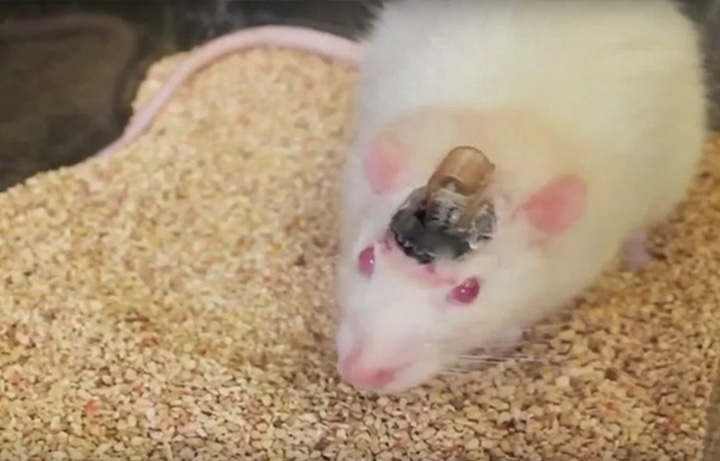It’s that time of year again, when you can hear the faint jingling of sleigh bells and know that before long Christmas will be here. So I thought I would get into the festive spirit and blog about the merriest little beetle in the land, the Christmas Beetle.
As the name suggests, these little beetles arrive in large numbers each year around Christmas time and disappear soon after. They spend the majority of their life (around 7 to 18 months) underground in the larval stage, foraging on buds, decaying organic matter and young plant shoots before constructing an underground chamber in which to pupate. In their adult form the Christmas Beetle will wait in the chamber until the conditions are ideal before emerging. Sometimes this can be their undoing because if there is a prolonged drought, many of the new adults will die in the chamber just waiting for the perfect conditions to arise. Normally, after the first summer rains, the Christmas beetle will emerge from their underground lair. Once above ground, they are drawn to the bright city lights and with Adelaide’s abundance of eucalyptus trees, it makes for a virtual Christmas Beetle paradise. The adults can survive for approximately 10 or so weeks if the weather conditions stay cool and dry. In that time they can wreak havoc upon our park land trees, feasting on the newly formed leaves of our native gums. It is often this time of year that we see the Christmas beetle en masse, swarming together under the street lights. In their short ten weeks of life they have a lot to cram in. They need to find a mate, a good food source and a home underground away from predators so their eggs will survive, ensuring the survival of the next generation. For Christmas Beetles our street lights act like a night club, providing a place for young adults to hang out and find a mate. Once the mating need is met, it’s time to move on to the next item on the agenda, feeding. Christmas Beetles can literally cause considerable amount of damage over the course of one night. What makes one tree attractive for one Christmas Beetle makes it attractive to all, so we often can find a gum tree with hundreds of beetles crawling over every available leaf. Christmas Beetles use their evolutionary custom designed mouth parts to zigzag cut their way through the leaf flesh from the outer leaf area to the leaf midrib, devouring most of the leaf tissue until the leafs outer area is severed, gently falling to the earth below.Recent Blogs
Keeping Mosquitoes Under Control Naturally
Recently Orkin released the top 50 cities for mosquitoes in the US. In southern Australia, while we do have mosquito…
Mind Controlled Rats – Cyborgs Straight Out Of A Sci-Fi Film
I don’t know about you, but I was terrified by a cartoon movie when I was a kid that had…
Cockroach Immunity – Are They Becoming Resistant To Insecticides?
Cockroaches as we all know have been around for possibly millions of years. According to this article on Terminix they…





